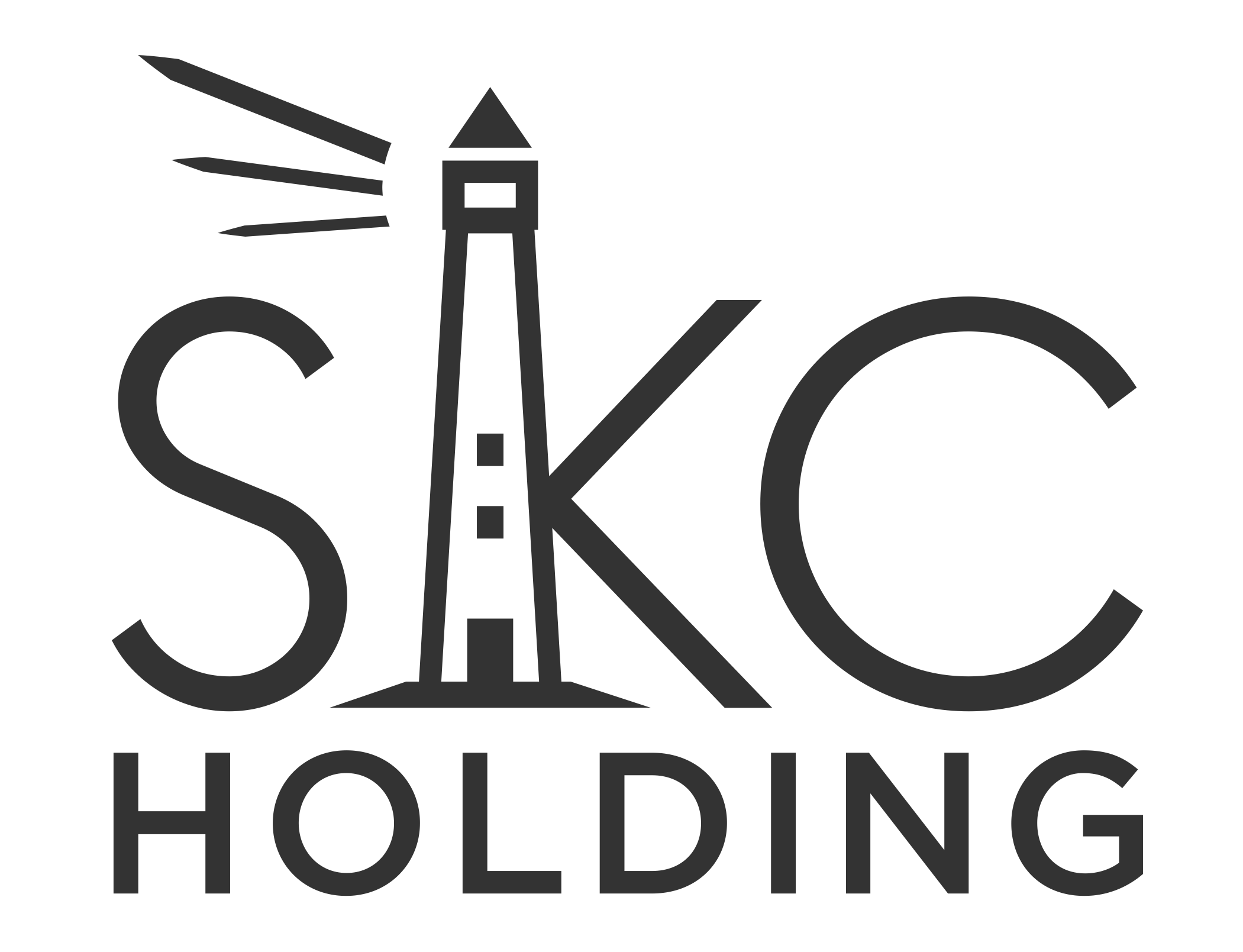In the case of new real estate, especially in office development, the use of energy-efficient solutions is now required. At the same time, efficiency improvements tools and solutions increase costs. When planning, real estate developers take these into account, but they do not decide on an investment to improve energy efficiency on the basis of its return, said András Schmidt, sustainability specialist at Skanska Property Hungary Kft.
How do you strike a balance between energy efficiency and budget when designing a building? Is there some kind of line leader they're using?
There is a document called the Owner Design Requirement (ODR), which is developed every year to meet sustainability considerations, new standards, ever-evolving tenant needs and our own development. ODR also covers architectural, mechanical, electrical, building management systems and property management – we design the buildings according to this.
How country-specific are these requirements?
ODR is uniform: we form a business unit with polish, Czech, Romanian colleagues. Of course, the standards can be deviated from according to the local level, but the principles are the same.
The property market and construction industry are characteristics, but prices vary from country to country.
Indeed, but, for example, the remuneration of the labour force is increasing in these countries. Energy efficiency standards are similar in accordance with the EU Regulation. We need to be prepared for the NET ZÉRO energy buildings. Thus, we have stipulated that our office buildings should consume 25 percent less energy than the local ordinance, thus preparing for 2020.
Does this mean that the price, the cost of investments in energy efficiency is a secondary consideration?
We strive to maximise the wishes of our tenants and at the same time achieve our own sustainability goals step by step, both at the energy efficiency level and in creating an excellent working environment.
The cost of development is also important because the use of energy-efficient solutions does not necessarily improve returns.
Return may not be the most important consideration, although we also choose our equipment based on life cycle analysis. We build with the needs of tenants, operators and investors. Our goal is to build an attractive building in which our tenants feel comfortable, pay low overhead costs, and give investors the opportunity to develop in the future. We do not examine in detail whether an energy efficiency solution will be recovered in five, ten or 30 years. They are still used many times in marketing. As we are committed to sustainability, we are constantly making progress. We can't install 10 times the amount of photovoltaic panels – there simply isn't a surface that allows it.
They're not speculative?
We're not developing like that at the moment, but we've done that before. Today, many tenants are only willing to move into buildings with an international certification system. There is also a cost, which we obviously know, but that is not the point, because the tenant only chooses the building if there is certification if it meets sustainability criteria. Tenants are becoming more engaged and dealing with a good environment.
What are the biggest challenges when designing a building at home?
Local environmental and building regulations are constantly changing. What is now classified as a certain zone may not be the same in a few months. In determining the height of the structure, the economic aspects of the developers should also be taken into account. The most important thing is to have enough time for careful integrative planning.
This means that all participants should be involved in the planning. Unfortunately, in most cases there is not enough time for this.
What about building energy regulations?
I'm not saying there are no challenges. For example, how we meet the required 25% renewable energy share. It remains the use of ground heat and the use of heat pump as an option, using VRF or VRV systems. Besides, there's a very narrow margin. Domestic legislation, for example, does not allow us to buy renewable energy and electricity, whereas in other countries this is a viable option.
What would be the solution?
Central care is always the rational solution. We can develop real estate with renewable energy ratio systems, but the sustainable solution is for the district or electricity supplier to provide renewable energy. It is more economical than installing individually photovoltaic panels or providing geothermal energy to a house.
With the growth of electromobility, it is difficult for office building developers not to know what chargers or stations to design for the building. They do not know what fleet of vehicles the tenant will buy, what vehicles the workers will use.
With abb's help, we have conducted a survey of what is to come. Although there is a subsidy for the purchase of a new electric car, i believe that , in view of the prices , the price of a plug-in Volkswagen Passat starts at HUF 13 million – it is more likely that used vehicles will enter the country. At the moment, a simple AC charger is mainly needed. Of course, the needs may vary, and in four years the owners may want their car to recharge in 20 minutes. This requires dc fast chargers, which requires adequate infrastructure.
Will they be able to build such a charging station in the office building that has already been transferred?
Yes. For the time being, we are preparing 22 kilowatt AC chargers in our Nordic Light office building – the same ones that ELMŰ is currently installing.
Source: NRGReport

